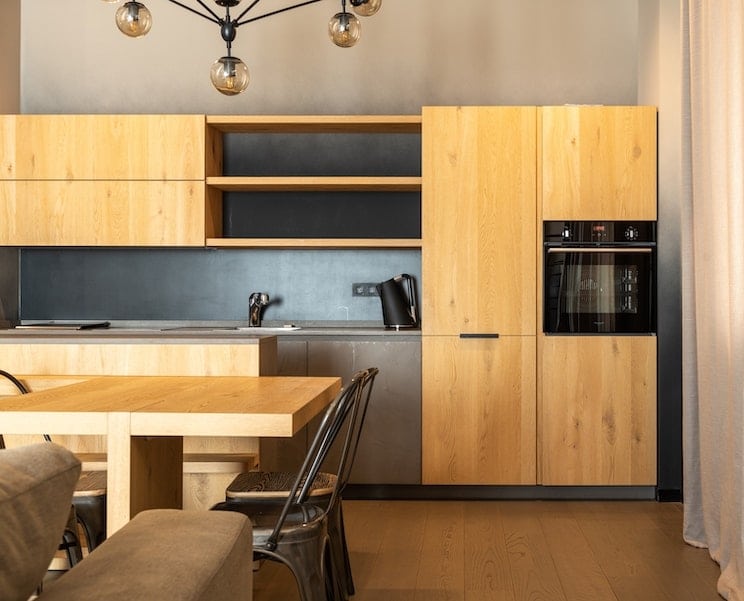Why use alkyd resins in your wood products ?

Established in the heart of the Arcachon Basin for more than 6 decades, Groupe Berkem is one of the original French suppliers to glycerophthalic paint manufacturers. Thanks to its expertise in alkyd resins, Groupe Berkem is now able to offer an ever-increasing catalogue for markets as specific as wood industry.
Are you familiar with the uses of alkyd resin in the composition of wood preservatives? Cutting to the chase, find out all you need to know about using alkyd resin in the timber sector.
The benefits of alkyd resin in the timber sector
In contrast to other materials, wood is a living material and has the property of being hygroscopic. In other words, wood absorbs water by capillary action in three different ways:
- in liquid form, in the cell cavities;
- as a vapour, through the cell cavities;
- by molecular diffusion, through the cell wall.
The result? Whether you are protecting or decorating wood indoors or out, you will need products which are both flexible and resistant to the wood’s variable hygroscopicity.
Alkyd resins are ideal for this. In fact, this binder brings considerable flexibility to the formulation of stain, varnish and paint. But that’s not all: this product is also popular with professionals in the sector for its excellent chemical and mechanical resistance once dry.
Designed for the formulation of wood protection and decoration products, Groupe Berkem supplies a host of standard products from the Lixoglyp, Lixothix, Lixothan and Lixaqua ranges. Find out more about the special features of each resin and their field of application.
Which alkyd resins are used for wood protection and decoration?
Lixoglyp, the classic alkyds
The alkyd resins in the Lixoglyp range are particularly recommended for use in the formulation of wood paint. Besides being fast-drying, this type of alkyd resin (long or medium oil, which are more versatile – no or little short oil) delivers unique technical performance: adhesion and flexibility, but also mechanical, chemical or UV resistance.
Lixothix, thixotropic alkyds
Generally speaking, the thixotropic nature of the alkyd resins in the Lixothix range really helps to protect wood. From the firm gel resin used in cutting, to the resin that can be used directly in paint formulation or even with a high solid extract, anyone formulating paint can find the version which suits best.
Lixothan, urethane oils and alkyds
Modifying alkyd resins with polyurethane helps improve drying time, hardness and mechanical resistance in paint. Therefore, the Lixothan range will be more suitable for wood paints claiming good resistance.
Remember, however, that the urethane content varies from a low level – on financial grounds – to a higher level, in order to enhance performance. Aliphatic urethane modifications are also designed to improve UV resistance.
Lixaqua, water-based alkyds
Water-based alkyd resins can be diluted in water and are obtained following neutralisation with a base, particularly an amine derivative. Given how easily it penetrates wood, the technology used for water-based alkyds is ideal for formulating wood treatment products.